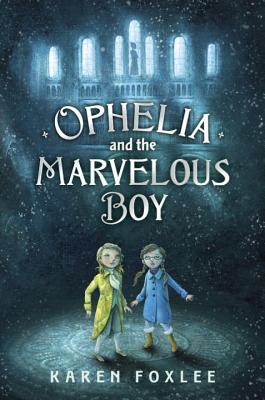 Ophelia and the Marvelous Boy by Karen Foxlee
Ophelia and the Marvelous Boy by Karen Foxlee Published by Knopf Books for Young Readers on Jan. 28, 2014
Genres: Fantasy, MG Books
Pages: 233
Source: the publisher
Purchase: Amazon
Add to Goodreads

A modern-day fairy tale set in a mysterious museum that is perfect for readers of Roald Dahl and Blue Balliett.
Unlikely heroine Ophelia Jane Worthington-Whittard doesn't believe in anything that can't be proven by science. She and her sister Alice are still grieving for their dead mother when their father takes a job in a strange museum in a city where it always snows. On her very first day in the museum Ophelia discovers a boy locked away in a long forgotten room. He is a prisoner of Her Majesty the Snow Queen. And he has been waiting for Ophelia's help.
As Ophelia embarks on an incredible journey to rescue the boy everything that she believes will be tested. Along the way she learns more and more about the boy's own remarkable journey to reach her and save the world.
A story within a story, this a modern day fairytale is about the power of friendship, courage and love, and never ever giving up.
I received a review copy of this book from the publisher.
Review
Beautifully written in deceptively simple, evocative prose, Ophelia and the Marvelous Boy is a blend of modern and traditional-style fairytale that captures both the magic of childhood and the bewilderment of grief.
Ophelia, the main character of the modern fairytale, finds herself with a vast museum to explore while her father, an international expert, works on an exhibition of swords. Her sister Alice, once supportive and helpful, has become increasingly distant and self-absorbed since their mother’s death, and that distance only increases as she falls prey to the blandishments of Miss Kaminski, the museum’s director. Left largely to her own devices, Ophelia sets off to explore the museum, eventually discovering a locked room labeled “The Marvelous Boy.” Through the keyhole, she spies an eye looking back at her.
Intertwined with Ophelia’s story is the tale of the Marvelous Boy. Chosen “by a protectorate of wizards from the east, west, and middle” to deliver a sword and ensure the Snow Queen’s defeat, the Marvelous Boy has been locked in a room in the museum for hundreds of years — and he wants Ophelia to help him escape, find the sword, and locate the One Other who will defeat the Queen. His story-within-a-story, recounted over several days to Ophelia by the Boy himself, tells how the wizards sent him from his homeland, and how he came to be in this room.
As the Marvelous Boy is locked behind a door whose key is hidden behind other locked doors, so Ophelia and her family are locked in their grief and denial. The novel is as much the story of Ophelia’s journey — from grief to acceptance, from the rigidity of disbelief to the openness of believing — as it is the story of the Snow Queen and the Marvelous Boy. Ophelia is a very modern heroine: practical and of a scientific bent, and not particularly courageous, or so she thinks. She suffers from asthma, and her “puffer” (inhaler) serves as a frequent reminder, even amid the dreamlike unreality of magic, of our world and the present day. As the tasks the Boy sets her grow more difficult and dangerous, we begin to see the real Ophelia: brave, compassionate, determined, true to her word. She learns to trust her instincts, to believe in the impossible, to listen to her mother’s voice (the voice of wisdom?) as it whispers in her mind.
The Snow Queen, and both Ophelia’s and the Marvelous Boy’s stories, are very loosely inspired by Andersen’s fairytale. There are echoes of Andersen’s Snow Queen in this Snow Queen’s interactions with a number of characters: she seduces and controls the Boy’s King and to a lesser extent the girls’ father; she appears to be “freezing” Alice’s heart as she does Kai. She’s also reminiscent of C. S. Lewis’s White Witch, bringing winter and misery to the world around her, seducing her victims by appealing to their vanity and desires. There are elements of other stories here, too; the ghosts remind me a little of the reluctant Willi in the ballet Giselle.
Both the museum and the magic it embodies feel very dreamlike: there are a seemingly endless number of rooms for Ophelia to search; locations and contents change unexpectedly; statues and taxidermied animals come to life. Yet throughout the story, modern details lend a touch of whimsy, even humor, like Ophelia’s unorthodox use of superglue.
Foxlee employs literary techniques such as foreshadowing, repetition, and parallelism subtly but brilliantly, and her prose is simple, elegant, and breathtaking. As the Boy describes a charm laid on him: “…it came from [the owl’s] memories of the darkest of midnights, the emptiness of a palace after a plague had come, the loneliness of cemeteries, a singular wind he had once met moaning on a plain, the empty hearts of princesses who danced all night.”
My one regret is that the ending, when it comes, is abrupt and almost anticlimactic, particularly coming right at the close of the tense, action-packed scene of which it is the culmination. I also wished for more explication of what happens in the immediate aftermath, not to Ophelia and her family (the final chapter wraps up their story quite satisfactorily) but to the Queen, the museum, and the people of the city. Yet its absence fits the novel’s style perfectly: in the best tradition of fairytales, the magic is never explained. Like Ophelia, we’re meant to listen with open hearts, and believe.
Final note: While Ophelia and the Marvelous Boy is marketed as MG fantasy, this is one of those timeless books that will appeal to all ages. It would be a wonderful book to read aloud as a family.



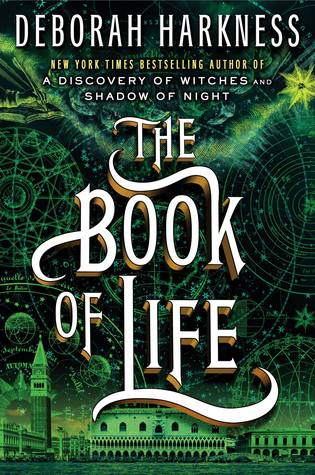


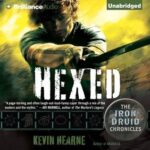
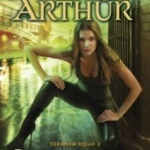








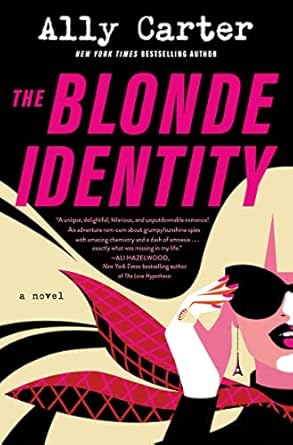
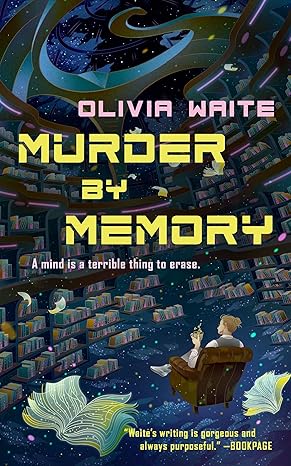
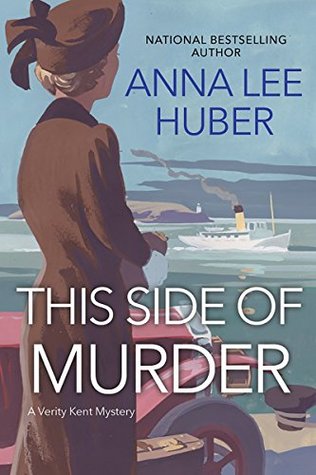
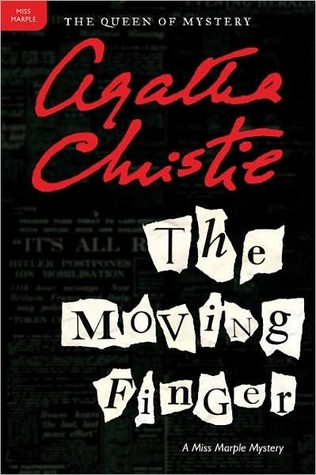
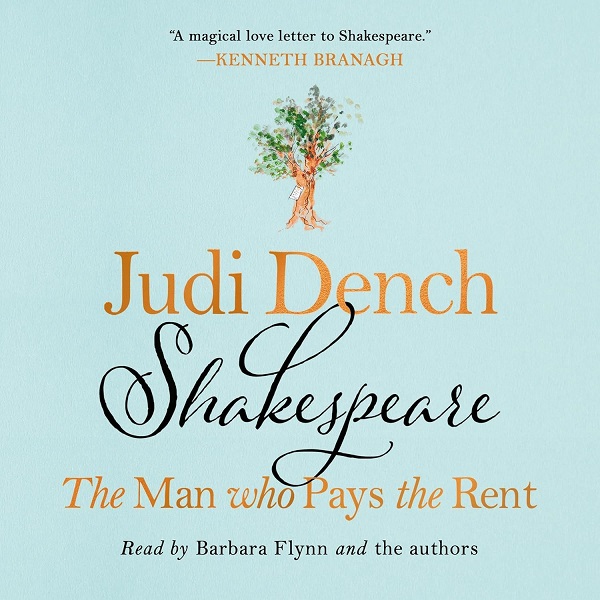
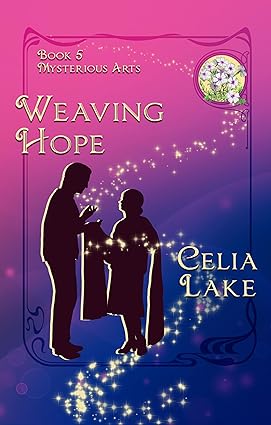
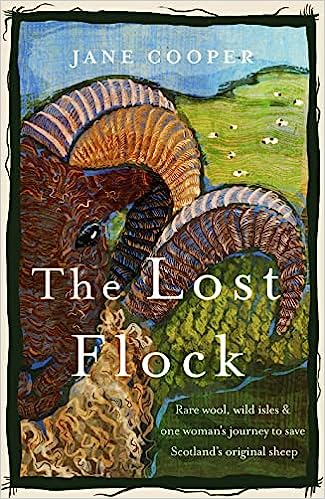
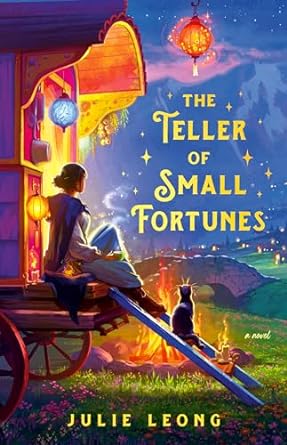
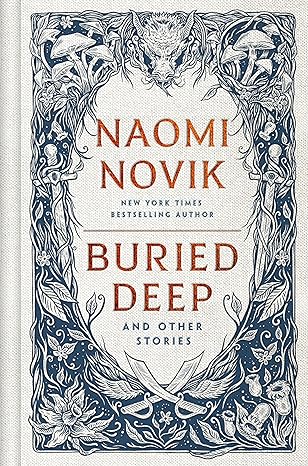
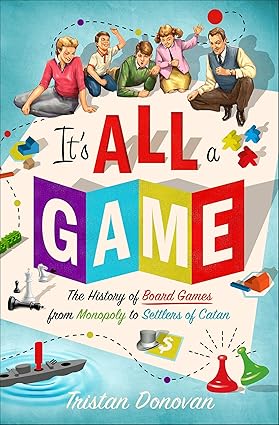
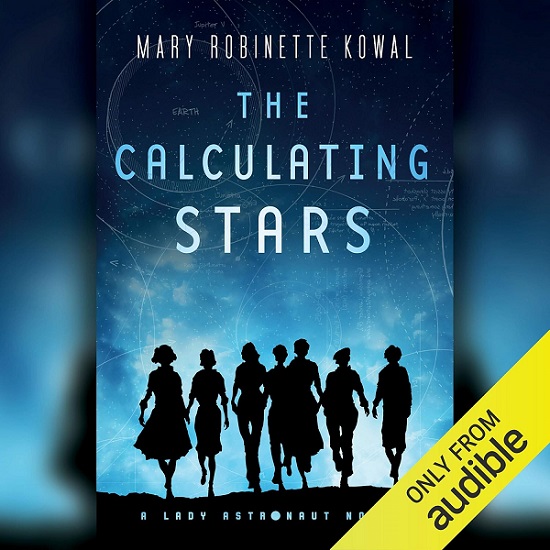
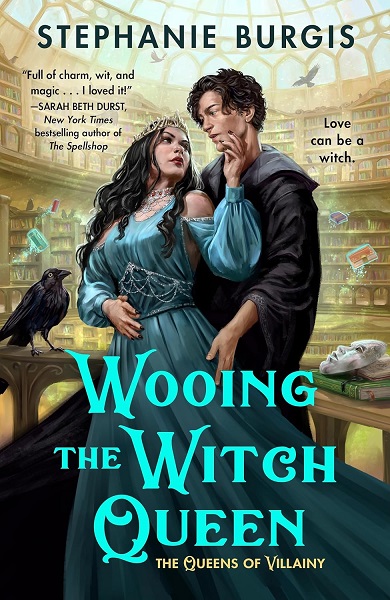

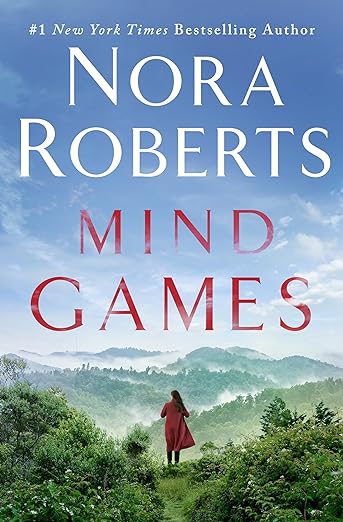
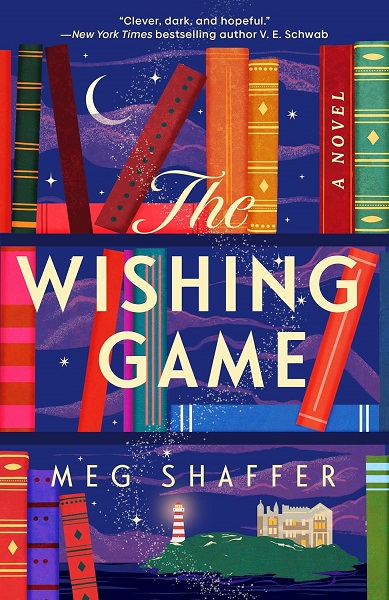
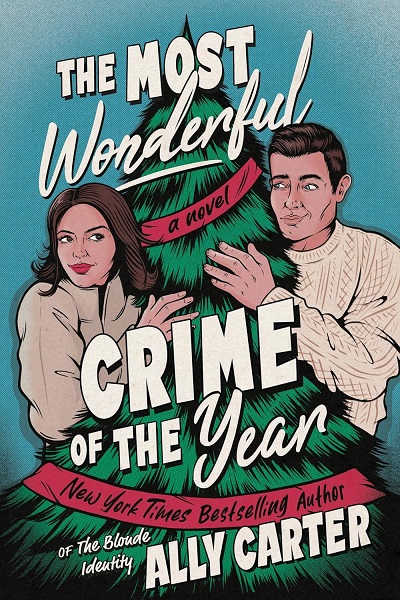
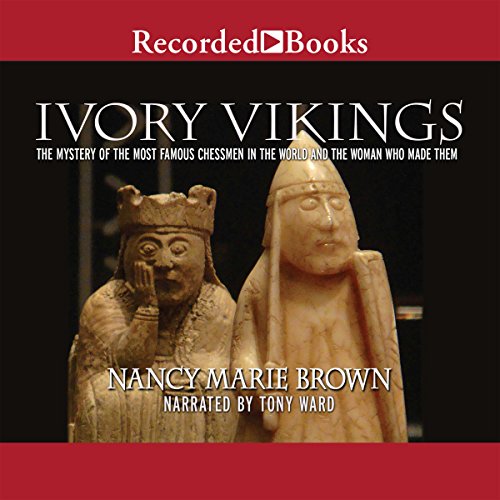
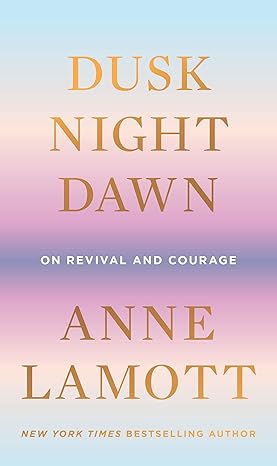
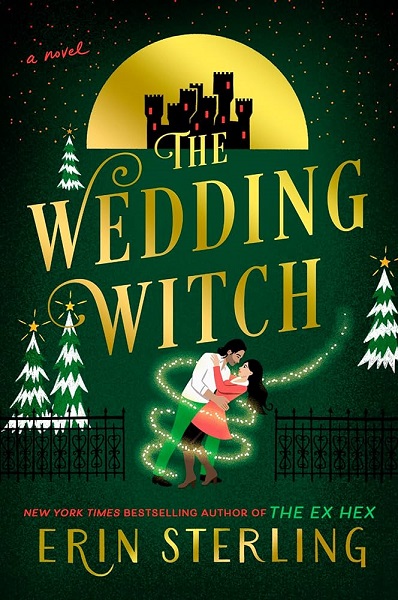

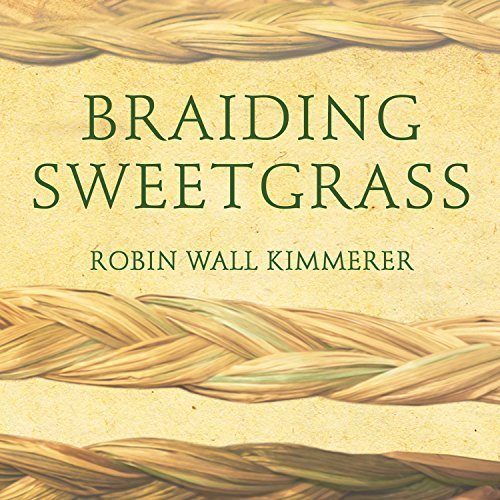
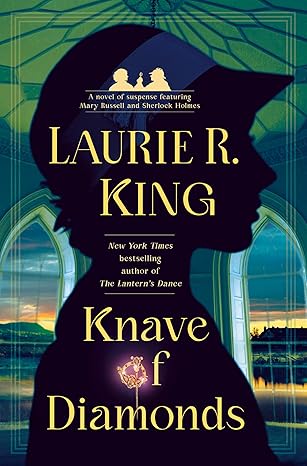
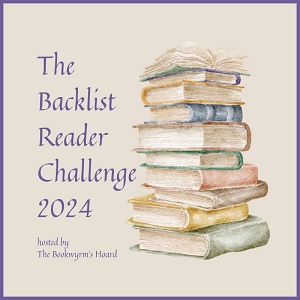


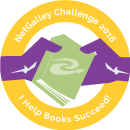


Pamela D
This sounds like a great book. It is unfortunate that the ending is a bit sudden.
Lark @ The Bookwyrm's Hoard
It’s really magical, and the abruptness of the ending is a minor flaw in the overall wonderfulness of the book.
Melissa (My World...in words and pages)
This sounds delightful. 😀 I’m curious. Thank you!
Lark @ The Bookwyrm's Hoard
It’s definitely worth reading!